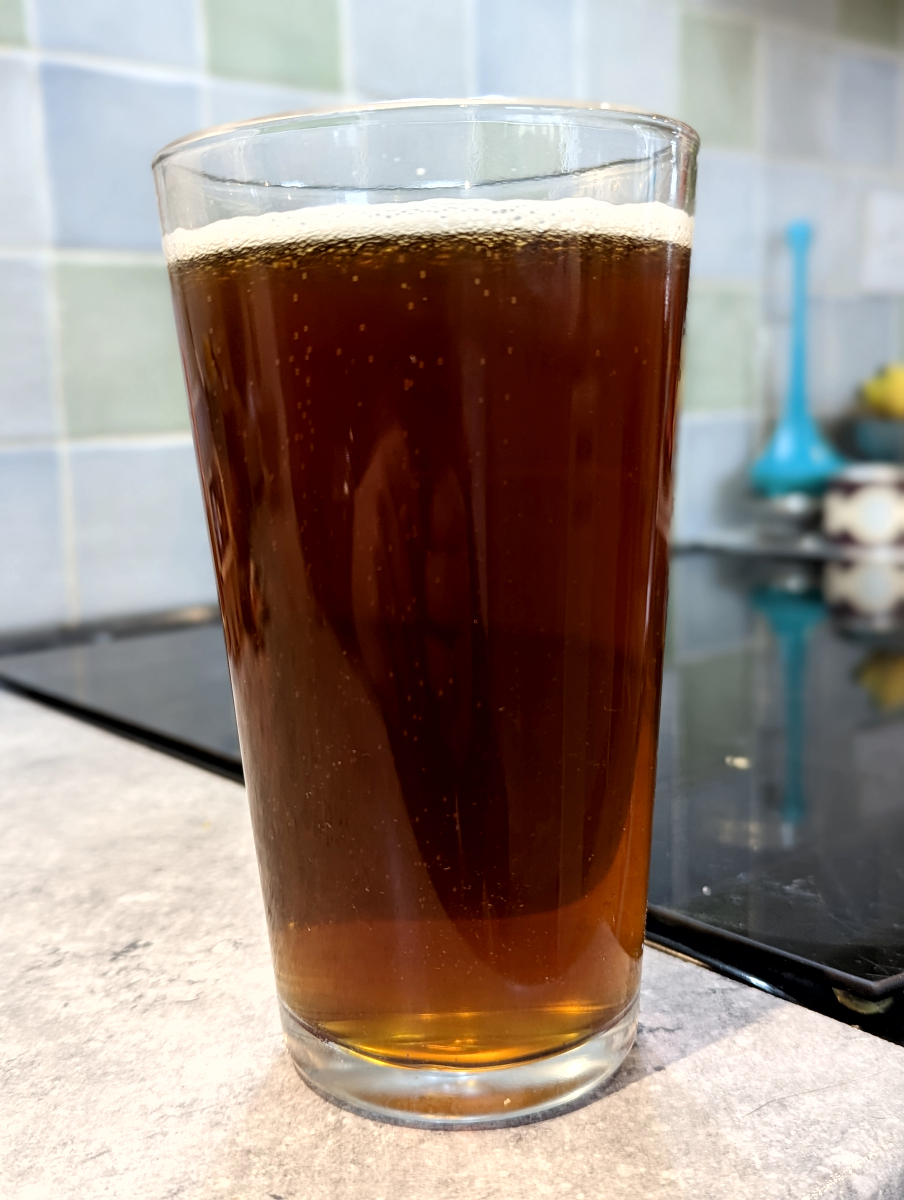Anybody got any input on this crazy idea of mine?
I drank my last bottle of Broughton's Champion Double Ale last weekend, and thought I could brew something similair myself, so I started looking up the beer a bit, turns out it's a blend of a stronger Scotch Ale and Stout Jock, their stout/porter.
I assume the blend is not of 2 finished ales, but that it's done either after the mash in the boiler, or after the boil in the fermenter, and that I will not achieve something similair without actually doing a blend of some sortSo I set out to create a recipe that in my mind might produce a vaguely similair ale.



And also these 2 half size worts, the lighter ale will get my Mild/Dark/Malty ale profile (80Na, 230 Cl, 130 So4) and the Porter my Stout/Porter water (100 Na, 300 Cl, 85 So4) and will be blended in the boiler.
The 2 worts are made at the strenght they are at to reach the pre boil gravity and volume as seen in BS in the full size recipe, hops and invert amounts will be as seen in that also, I figure as the gravity and all volumes will be the same as in that it should produce the desired IBU without the need to do a separate calculation. I might need to top up a little to reach proper pre boil volume and maybe boost a wee bit with DME.
The plan is to make the Porter wort the night before and set it aside, then make the lighter wort the morning after and after that carry on as a normal brewday.
Would this blend ratio work or should I try to make it more like 2/3 Lighter wort and 1/3 Porter wort? Will it be a catastophic failure? Who knows but it sounds like a fun experiment to me atleast...




























![Craft A Brew - Safale S-04 Dry Yeast - Fermentis - English Ale Dry Yeast - For English and American Ales and Hard Apple Ciders - Ingredients for Home Brewing - Beer Making Supplies - [1 Pack]](https://m.media-amazon.com/images/I/41fVGNh6JfL._SL500_.jpg)





































